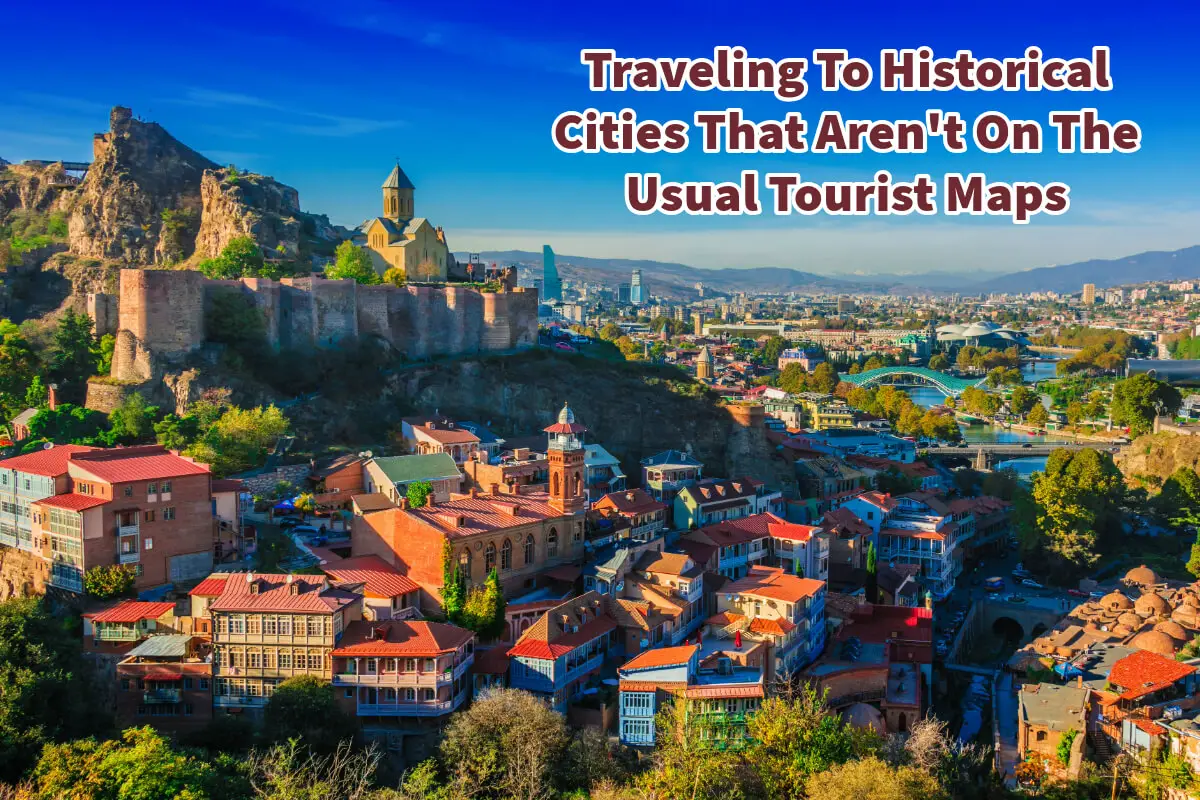When most people think of historical travel destinations, they imagine iconic cities like Rome, Paris, or Kyoto, which have become synonymous with rich history and culture.
These places are great to visit, but the world is filled with many other beautiful places. Countless other historically significant cities worldwide don’t attract the same tourist crowds but are just as fascinating. These hidden gems offer the same depth of history and cultural heritage without the over-tourism and commercialized experiences.
Table of Contents
- 10 Top Historical Cities That Aren’t On The Usual Tourist Maps
- Why You Should Visit These Hidden Historical Gems
- Related Questions
10 Top Historical Cities That Aren’t On The Usual Tourist Maps
This blog post will explore 10 historically rich cities off the beaten path, spanning Eastern Europe to Southeast Asia. These cities offer unique insights into the past, from ancient civilizations to more recent history, and are perfect for travelers seeking an immersive experience without the crowds.
1. Gjirokastër, Albania
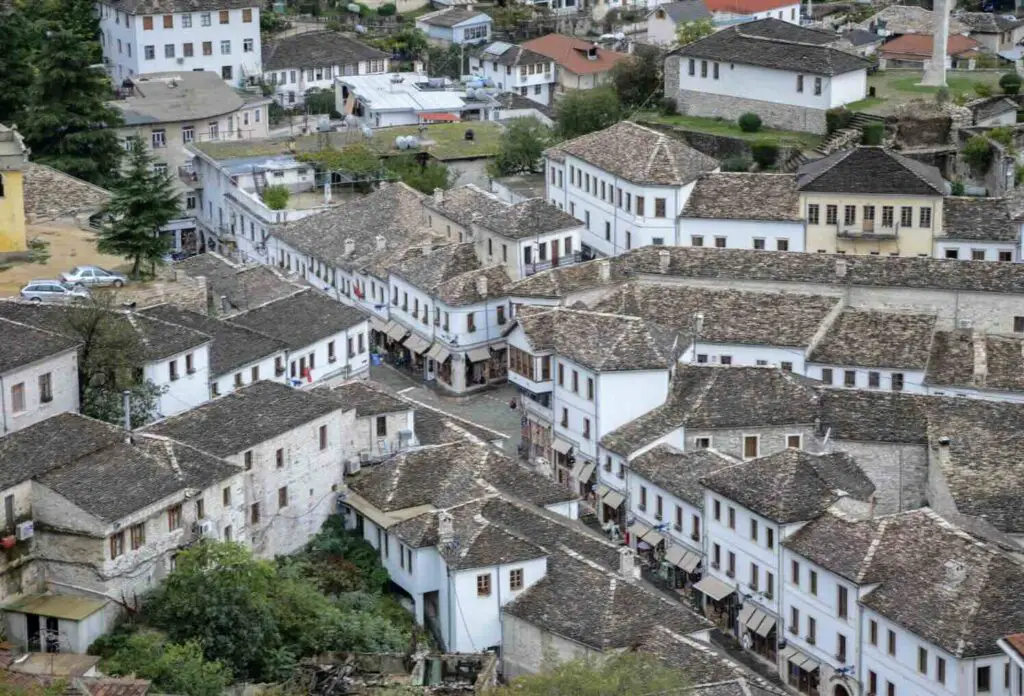
Tucked in the mountainous landscapes of southern Albania, Gjirokastër is often overlooked by tourists despite its deep historical roots. Known as the “City of Stone,” this UNESCO World Heritage Site boasts a well-preserved Ottoman-era town with cobblestone streets, stone houses with distinctive slate roofs, and a dramatic castle that overlooks the city.
Historical Significance:
Gjirokastër is an essential example of Ottoman architecture and a well-preserved testament to the empire’s influence in the Balkans. The city was also the birthplace of the Albanian dictator Enver Hoxha, making it a key site for understanding Albania’s modern history.
Why Visit:
In addition to the rich Ottoman heritage, visitors can explore the Ethnographic Museum, housed in Hoxha’s childhood home, and the massive Gjirokastër Fortress, which offers panoramic views and hosts an annual folk music festival.
2. Luang Prabang, Laos

Luang Prabang, a city in northern Laos, is a hidden treasure steeped in history and Buddhist culture. This UNESCO World Heritage Site is known for its blend of traditional Lao wooden houses, French colonial architecture, and rich spiritual traditions.
Historical Significance:
Luang Prabang was the royal capital of Laos for centuries and remains the country’s spiritual heart. It is home to numerous Buddhist temples, including Wat Xieng Thong, and is a center for Buddhist learning and rituals.
Why Visit:
Beyond its peaceful atmosphere and historical significance, Luang Prabang offers visitors the chance to participate in the morning alms-giving ceremony. Monks collect offerings from locals and tourists, connecting deeply to local culture.
3. Lviv, Ukraine

While tourists flock to Kyiv and Odessa, Lviv remains a lesser-known gem in Ukraine. This city, close to the Polish border, boasts a stunning mix of Eastern European, Austro-Hungarian, and Polish influences that create a unique architectural and cultural landscape.
Historical Significance:
Lviv’s historical center is a UNESCO World Heritage Site, recognized for its mixture of baroque, Gothic, Renaissance, and classical architecture. The city has been a crossroads for various empires, making it a significant cultural hub throughout Eastern Europe’s history.
Why Visit:
Lviv offers a rich tapestry of history, from its cobbled streets and charming coffeehouses to its stunning churches and synagogues. The city’s Old Town is perfect for exploration, and you can enjoy one of the best-preserved medieval markets in Europe.
4. Veliko Tarnovo, Bulgaria
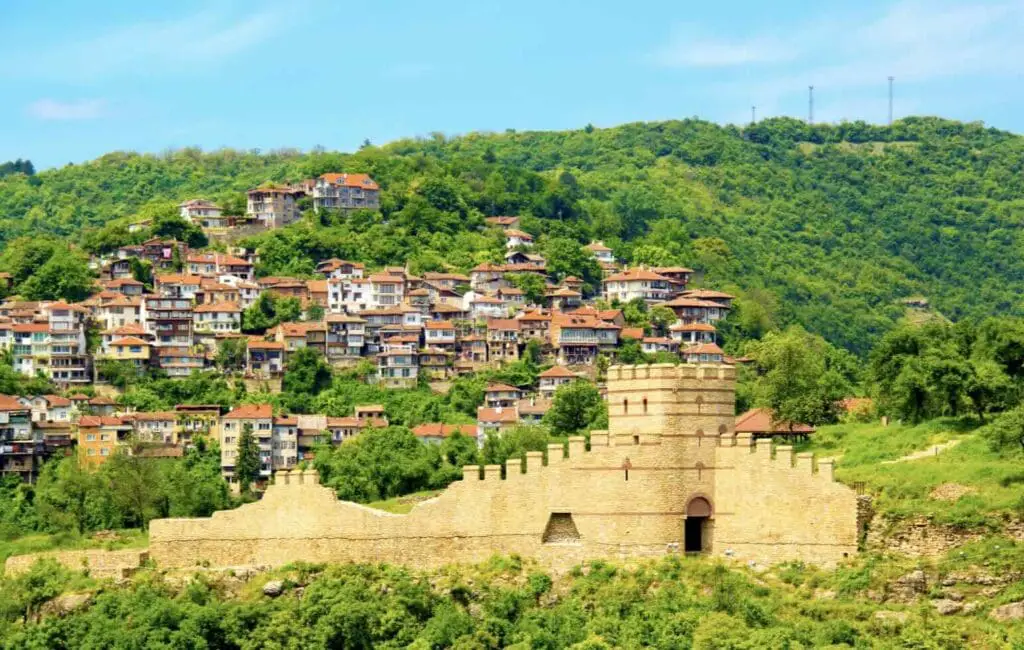
Tourists often overlook Bulgaria, but Veliko Tarnovo is a must-see for history enthusiasts. Known as the “City of the Tsars,” this ancient capital of the Second Bulgarian Empire sits dramatically on three hills and is surrounded by the Yantra River.
Historical Significance:
Veliko Tarnovo played a central role in Bulgaria’s medieval history. Its Tsarevets Fortress was once the seat of Bulgarian royalty, and the city was an essential political, economic, and cultural center in the 12th to 14th centuries.
Why Visit:
Veliko Tarnovo’s scenic beauty and historical landmarks, such as Tsarevets Fortress, the Church of the Forty Martyrs, and charming Old Town, make it a fascinating and picturesque destination.
5. Ayutthaya, Thailand
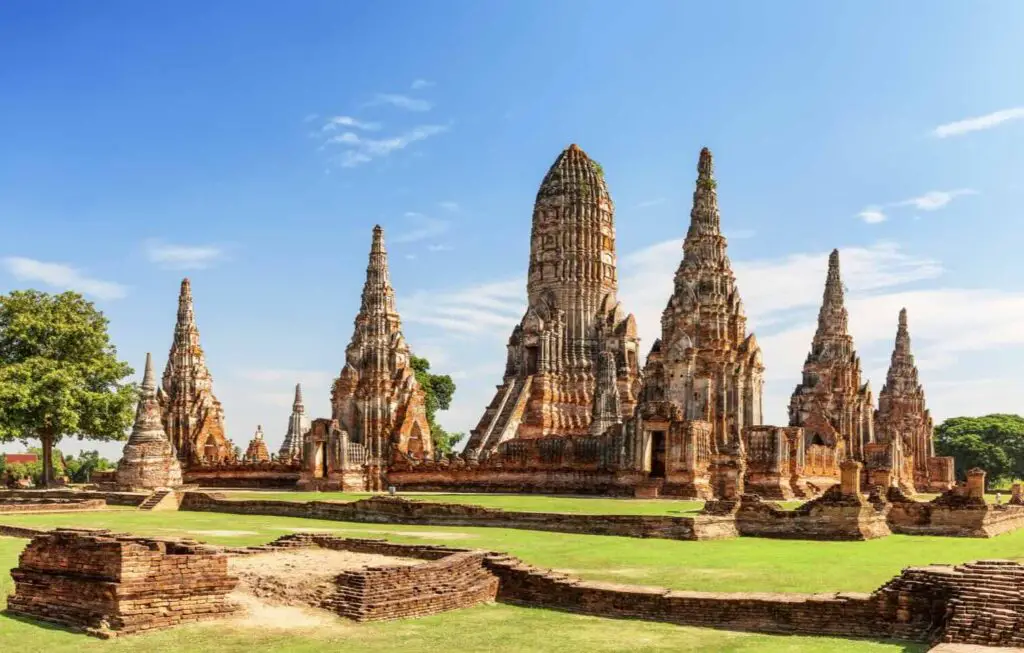
While Bangkok and Chiang Mai draw millions of tourists yearly, the ancient city of Ayutthaya offers a quieter, more historically immersive experience. Once the capital of the Kingdom of Siam, Ayutthaya is now a UNESCO World Heritage Site filled with temple ruins and palaces.
Historical Significance:
In the 17th century, Ayutthaya was one of the world’s largest and wealthiest cities. It was a hub of international diplomacy and trade, boasting a multi-cultural population. The city’s fall to the Burmese in 1767 marked the end of an era, but its ruins still stand as a testament to its grandeur.
Why Visit:
The city’s ancient temples, such as Wat Phra Si Sanphet and Wat Mahathat, are breathtaking. Ayutthaya’s historical park can be explored by bicycle, offering a serene way to discover the remnants of a once-powerful kingdom.
6. Kotor, Montenegro

Kotor is a hidden gem that combines natural beauty with historical depth and is nestled in a stunning bay on the Adriatic coast. Its medieval old town, surrounded by fortifications, is a UNESCO World Heritage Site.
Historical Significance:
Kotor has been a key strategic location for various empires, including the Venetians, who influenced the city’s architecture and layout. The city’s narrow streets, medieval churches, and fortified walls tell the story of its long history as a fortified port.
Why Visit:
Kotor offers visitors a blend of breathtaking landscapes and historical intrigue. Climbing the fortress of St. John rewards you with spectacular views of the bay, and the city’s old town is a labyrinth of cobbled streets, perfect for exploring.
7. Plovdiv, Bulgaria
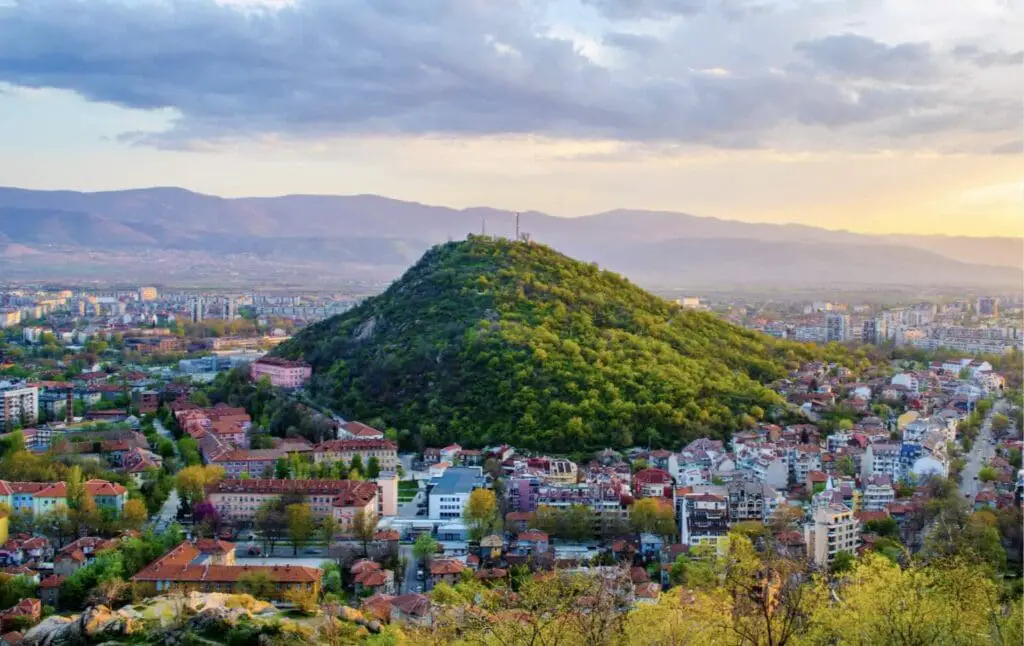
Another Bulgarian city that deserves more attention is Plovdiv. It is the oldest continuously inhabited city in Europe, with a history of over 8,000 years. Ancient ruins, including a Roman amphitheater, coexist with a vibrant, modern cultural scene.
Historical Significance:
Plovdiv was necessary for the Thracians, Romans, Byzantines, and Ottomans. Its Old Town is a blend of different architectural styles, and its Roman remains are some of the best-preserved in the Balkans.
Why Visit:
Plovdiv offers visitors the chance to walk through centuries of history. The city is a living museum, ranging from Roman ruins to Ottoman-era houses and Bulgarian National Revival architecture. The ancient Roman theater is still used for performances today, making it a perfect blend of old and new.
8. Malacca, Malaysia

While Kuala Lumpur is Malaysia’s bustling metropolis, Malacca offers a historical respite with its well-preserved colonial buildings and a fascinating history as a former Portuguese, Dutch, and British trading port.
Historical Significance:
Malacca was a strategic trading port during the height of the spice trade, connecting Europe, China, and India. The city’s colonial past is reflected in its architecture, with notable landmarks such as St. Paul’s Church, A Famosa Fort, and the Dutch Square.
Why Visit:
Visitors can explore Malacca’s multicultural heritage, including its unique Peranakan culture, which blends Chinese and Malay influences. The city’s colonial architecture and vibrant street markets contrast nicely with Malaysia’s modern cities.
9. Sibiu, Romania

Romania’s Transylvania region is known for its dramatic landscapes, but the historical city of Sibiu remains one of its hidden gems. Sibiu has a long history, dating back to the 12th century, and its medieval charm has been preserved over the centuries.
Historical Significance:
Founded by German settlers, Sibiu became one of Transylvania’s most important cultural and commercial centers. Its rich history is visible in Gothic, Renaissance, and Baroque architecture.
Why Visit:
Sibiu’s old town is beautifully preserved and full of character. Visitors can explore its fortified walls, historic squares, and the impressive Brukenthal Palace. The city is also a gateway to the surrounding Transylvanian countryside, perfect for those interested in history and nature.
10. Tbilisi, Georgia
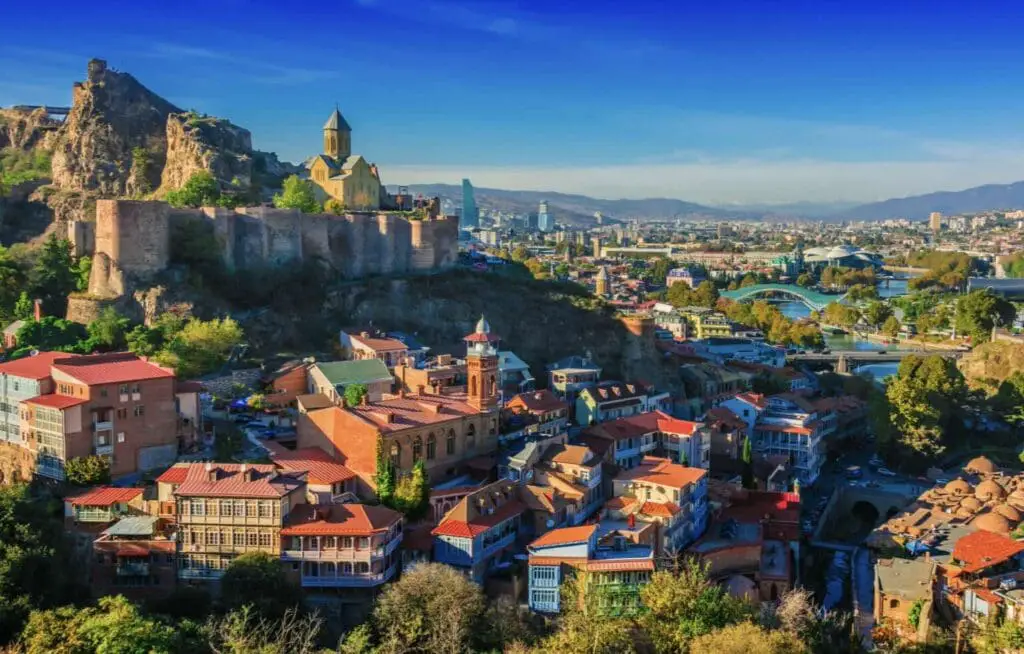
While Georgia has grown in popularity in recent years, the capital city of Tbilisi still flies under the radar for many travelers. This city blends old and new, where ancient history meets modern vibrancy.
Historical Significance:
Tbilisi has been at the crossroads of Europe and Asia for centuries, resulting in a rich cultural tapestry. The city’s old town is a maze of narrow streets, ancient churches, and sulfur baths, reflecting its long and varied history.
Why Visit:
Tbilisi’s history is deeply intertwined with its stunning architecture, from medieval fortresses to grand cathedrals. The Narikala Fortress offers incredible city views, and the sulfur baths are a must-visit for those interested in experiencing a part of the city’s cultural heritage.
Why You Should Visit These Hidden Historical Gems
The allure of off-the-beaten-path historical cities lies in their ability to transport you to a bygone era without the overwhelming crowds that more famous destinations attract. Visiting these less-touristed cities allows travelers to immerse themselves in authentic experiences, engage more deeply with local cultures, and explore historical landmarks leisurely.
Each of these cities tells a unique story, from the Ottoman influence in Gjirokastër to the colonial heritage of Malacca. Whether you’re wandering through the ancient streets of Lviv or admiring the temple ruins in
At A Bus On A Dusty Road, we talk about travel, life, and ex-pat living. We are all about “Living Life As A Global Citizen.” We explore social, cultural, and economic issues and travel.
We would love to have you be part of our community. Sign up for our newsletter to keep up-to-date by clicking here. If you have any questions, you can contact me, Anita, by clicking here.
Listen to our Podcast called Dusty Roads. You can find it on all major podcast platforms. Try out listening to one of our podcasts by clicking here.
Subscribe to our A Bus On A Dusty Road YouTube Channel with great videos and information by clicking here.
Related Questions
Exploring Polynesian Culture & Meanings
The rich tapestry of Polynesian culture is a vibrant mosaic woven from countless islands, each with its heartbeat yet sharing the pulse of a collective legacy. From the far-flung atolls to the volcanic archipelagos, Polynesia stretches across the vast canvas of the Pacific Ocean, offering a world of ancient traditions and living history.
By clicking here, you can discover Exploring Polynesian Culture & Meanings.
Unraveling the Unique Polynesian Race
Who are the Polynesians? This question may hold more profound value than just a query about a racial group. The Polynesians spread out across the islands sprinkled throughout the vast Pacific Ocean. They hold an enthralling history of audacious voyages, vivid cultures, and an undeterred spirit of preserving their heritage in the modern world.
By clicking here, you can discover Unraveling the Unique Polynesian Race.
Discover the Mystical Names of Polynesian Islands
As one sets foot in the sun-kissed terrains of Polynesia, they embark on a magical journey that transcends geographical bounds. To fully embrace the allure of this enchanting region, with its emerald waters kissing golden sandy beaches and vibrant flora painting a breathtaking panorama, it’s imperative to dive into the very spirit that fuels its existence – the culture.
By clicking here, you can discover Discover the Mystical Names of Polynesian Islands.

